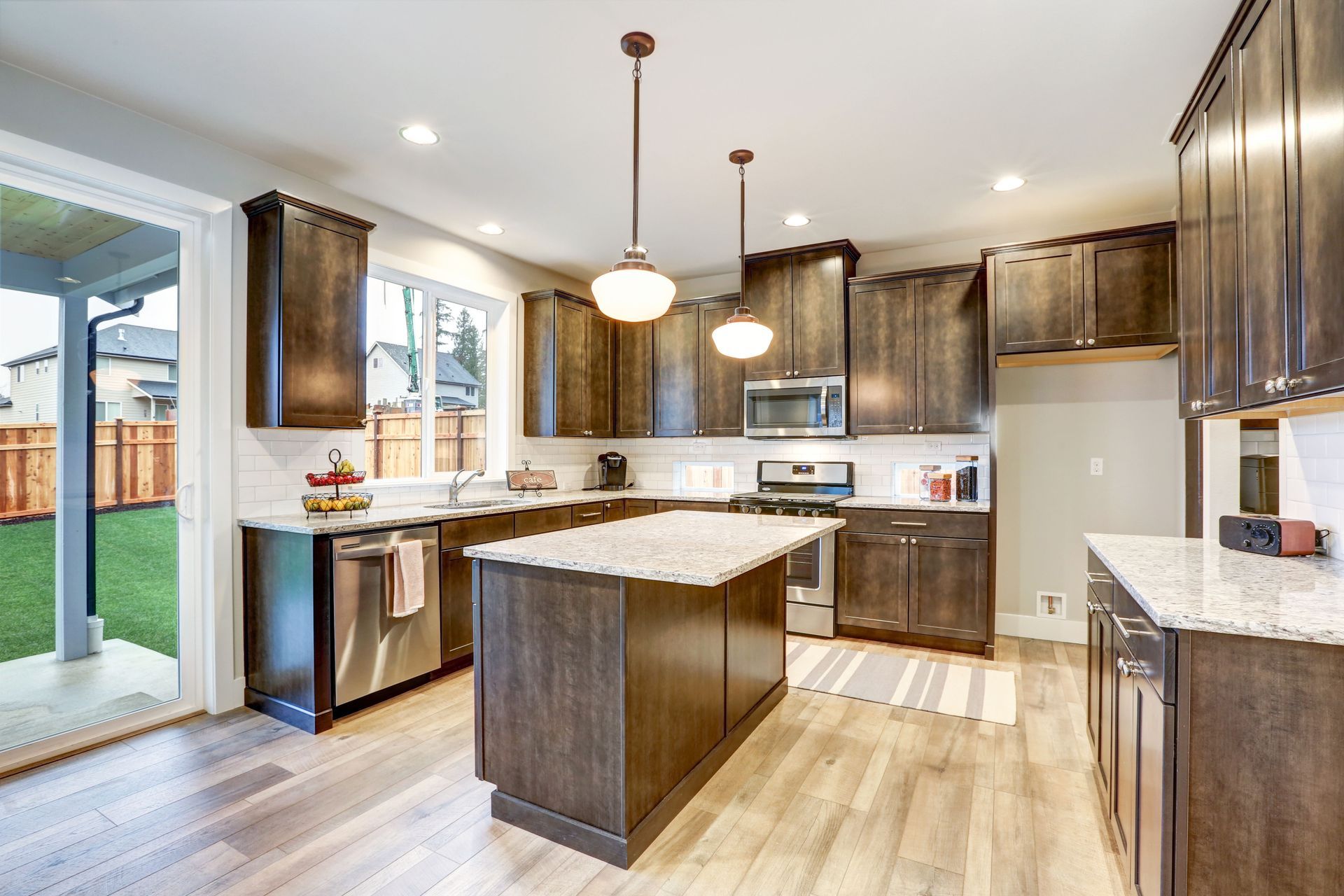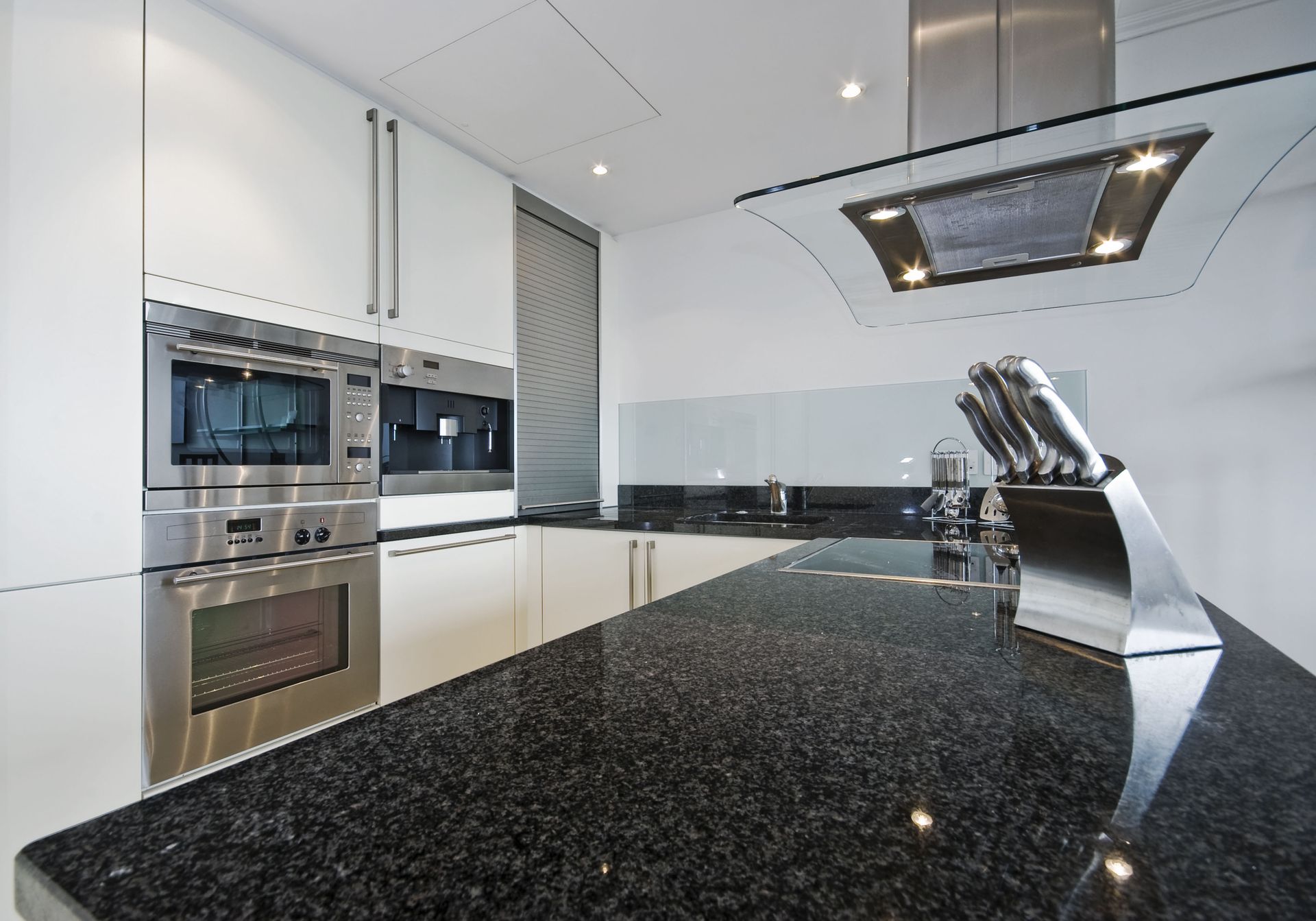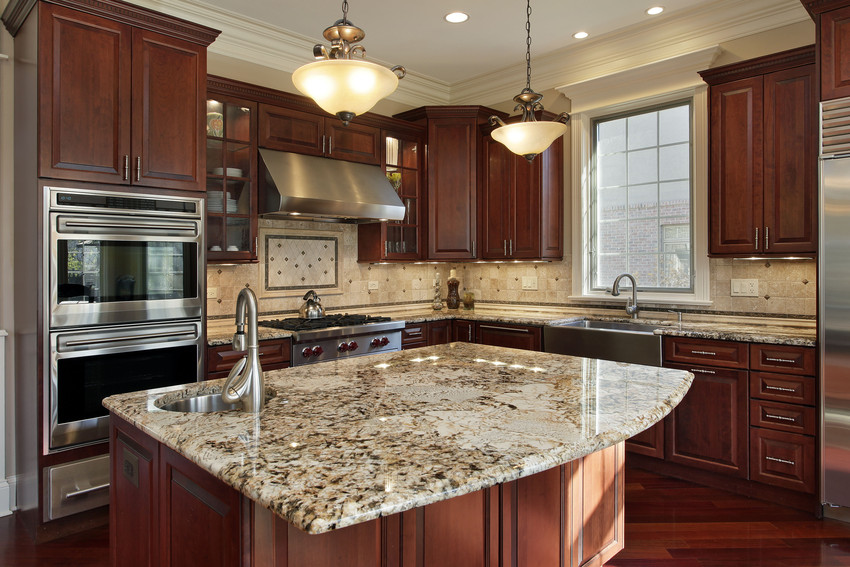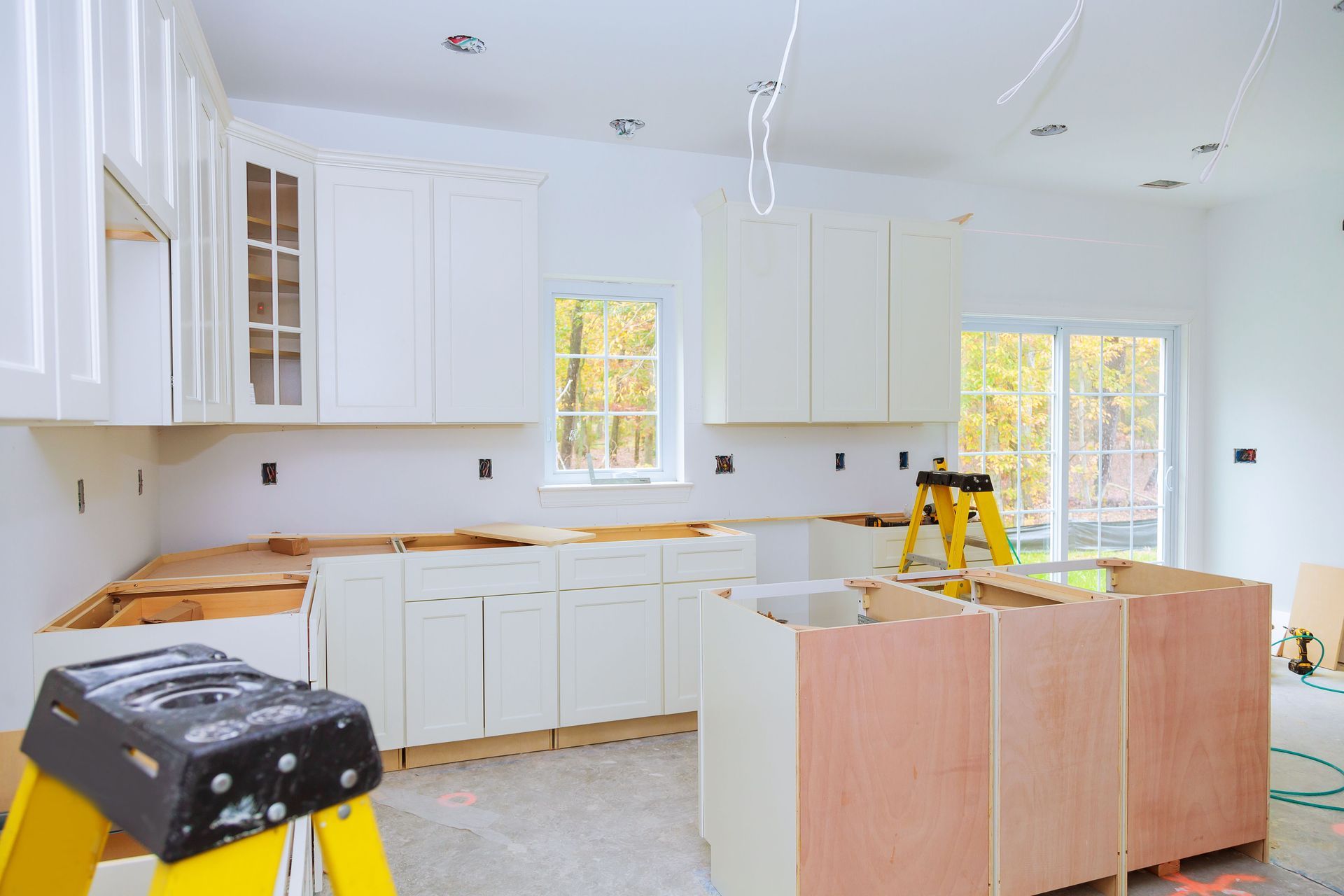5 Reasons to Choose a Transitional Style for Your Kitchen Remodel
In the world of home design, the kitchen holds a central role. It's the heart of the home where families gather and meals are shared. When considering a kitchen remodel design, choosing the right style can be overwhelming with so many options available. This article delves into why the transitional style might be the ideal choice for your kitchen remodel, offering a balance between traditional and contemporary aesthetics. The transitional style is particularly appealing due to its versatility and timelessness, qualities that ensure your kitchen remains stylishly relevant over time.
1. Timeless Appeal
The transitional style is characterized by a harmonious blend of traditional and contemporary elements, creating a unique aesthetic. This fusion offers the comfort and warmth of classic design while integrating the clean lines and minimalism favored in modern interiors. The result is a kitchen that feels both inviting and fresh, appealing to a wide range of tastes. Its adaptability ensures that the space doesn't become outdated, which is crucial for homeowners who plan long-term.
Transitional kitchens often feature versatile design elements that easily complement other styles. The use of neutral color palettes is a hallmark, facilitating seamless integration with existing decor. Textured elements such as tiles, woods, or stones add depth and interest without overwhelming the eye. The understated simplicity of transitional design means it can be adapted with minimal effort, a significant advantage for those looking to occasionally update their kitchen's look. Such flexibility also ensures continuity with evolving interior trends.
The inherent adaptability of transitional style caters to various tastes, making it an ideal choice for communal spaces. It's a style that can be deftly personalized, accommodating the specific preferences of household members. Whether inclined towards a vintage charm or a sleek modern edge, transitional kitchens provide the canvas for individuality. This stylistic versatility means it can also transition smoothly alongside personal taste changes over time. As such, transitional kitchens may enhance overall household harmony by reflecting a shared aesthetic preference.
2. Functional and Practical Layout
Functionality is a critical component of transitional kitchens, with a strong emphasis on ergonomic design principles. The thoughtful arrangement of elements like cabinetry, countertops, and appliances enhances ease of movement and accessibility. Ergonomically optimized layouts reduce strain and fatigue, enabling efficient workflow within the kitchen. This focus on comfort and utility ensures a more pleasant cooking and dining experience for all family members. As a result, kitchens become not just functional spaces but delightfully usable environments tailored to everyday needs.
Transitional kitchens are lauded for their efficient use of space, crucial for maximizing smaller areas or creating spaciousness in larger rooms. The style's hallmark is a minimalist ethos that minimizes clutter and maximizes functionality. Smart space utilization is achieved through intelligent storage solutions that maintain tidiness without sacrificing accessibility. Built-in cabinetry and thoughtful layouts capitalize on every inch, ensuring that items remain within easy reach while preserving a clutter-free environment. This efficiency promotes a sense of openness, making the kitchen an inviting gathering place.
The transitional style accommodates modern appliances seamlessly, integrating them without disrupting the overall aesthetic. As the kitchen becomes increasingly digitized, maintaining a cohesive look while incorporating new technologies can challenge traditional styles. Transitional designs skillfully blend innovative appliances with classic elements, ensuring practicality doesn't compromise style. This adaptability enables homeowners to enjoy the latest kitchen innovations while preserving the room's appealing aesthetic. Ultimately, this synthesis of new and old underlines the transitional style's inherent flexibility.
3. Enhanced Material Selection
The transitional style embraces both natural and synthetic materials, allowing diverse textures and finishes to coexist harmoniously. This mix ensures durability, strength, and beauty in every design element. Natural stones paired with engineered materials create a balanced blend of nature and innovation. The strategic incorporation of these materials maintains aesthetic sophistication while promising longevity and performance. This thoughtful selection allows homeowners to enjoy sustainable, beautiful craftsmanship that withstands daily use and enhances the kitchen's appeal.
A transitional kitchen captivates with its rich array of textures, providing a sensory-rich environment. From the smooth reflective surfaces of glass to the rustic allure of reclaimed wood, texture adds dimension to the space. This diversity enhances visual interest without overwhelming the design's simplicity. Careful selection of materials ensures each element contributes subtly to the overall ambiance. Textures mingling within a single cohesive palette allow personal expression, creating uniquely customized kitchen environments that delight the eye and touch.
4. Increased Home Value
The broad appeal of transitional kitchens makes them attractive to a wide market, enhancing a home's resale value. Its balance between traditional charm and modern minimalism captures a diverse audience, from first-time buyers to seasoned homeowners. Real estate trends indicate that homes with transitional styles consistently perform better in the market, attracting a larger pool of prospective buyers. This widespread appeal stems from the design's ability to satisfy varying aesthetic preferences, positioning it as a desirable option for long-term investment. Consequently, transitional kitchens often see quicker sales at potentially higher prices.
A transitional kitchen remodel not only enhances the living experience but also significantly contributes to the home's market value. Buyers are generally willing to pay more for homes with updated, versatile kitchens. With transitional styles being among the most popular, they command premium prices, ensuring a substantial return on investment. As these styles age well and blend seamlessly with other aesthetic updates, they provide a solid financial hedge against potential market fluctuations. This makes a transitional kitchen a prudent investment, securing both aesthetic and economic benefits.
5. Personalization and Creativity
Transitional kitchens allow for a blend of personal taste with popular trends, ensuring spaces are unique yet universally appealing. Homeowners can incorporate individual preferences, marrying personal flair with classic design elements. This combination results in environments that cater to personal comfort while appealing to the wider home design market. Popular trends incorporated with personal touches maintain a current feel, ensuring the kitchen remains fresh. This balance between methodological approaches and whimsy encourages creativity without compromising on style integrity.
The freedom to select varying fixtures and hardware in transitional kitchens enables a personalized touch that differentiates each space. From choosing between brushed brass or chrome finishes to selecting distinctive lighting options, homeowners have extensive room for creativity. These finer details personalize the kitchen, making it uniquely reflective of individual style preferences. Such freedom enhances enjoyment, enabling kitchens that remain visually intriguing and precisely tailored. Moreover, personalized fixture choices often lead to increased satisfaction and pride in the home environment.
Custom cabinetry lies at the heart of a transitional kitchen remodel design, offering extensive customization possibilities. Homeowners can tailor storage solutions to their specific culinary or lifestyle needs, ensuring practicality and convenience. According to Proline, white remains the dominant color for cabinets, selected by 41% of homeowners, followed by medium wood tones at 12%. From selecting cabinet styles or finishes, every aspect allows for personal input. This customization extends to internal configurations, maximizing functionality. By incorporating bespoke solutions, kitchens become not only functional spaces but unique reflections of the owner's style.
Choosing a transitional style for your kitchen remodel presents numerous benefits, ranging from aesthetic appeal to functional advantages and increased property value. Whether aiming for continuity with existing design elements or unique personalization, the transitional style supports diverse tastes and preferences. Ultimately, it produces practical, attractive kitchens that remain attractive, serving as beloved gathering points for family and guests alike. For more information, contact us today at Washtenaw Woodwrights Inc.








Share On: